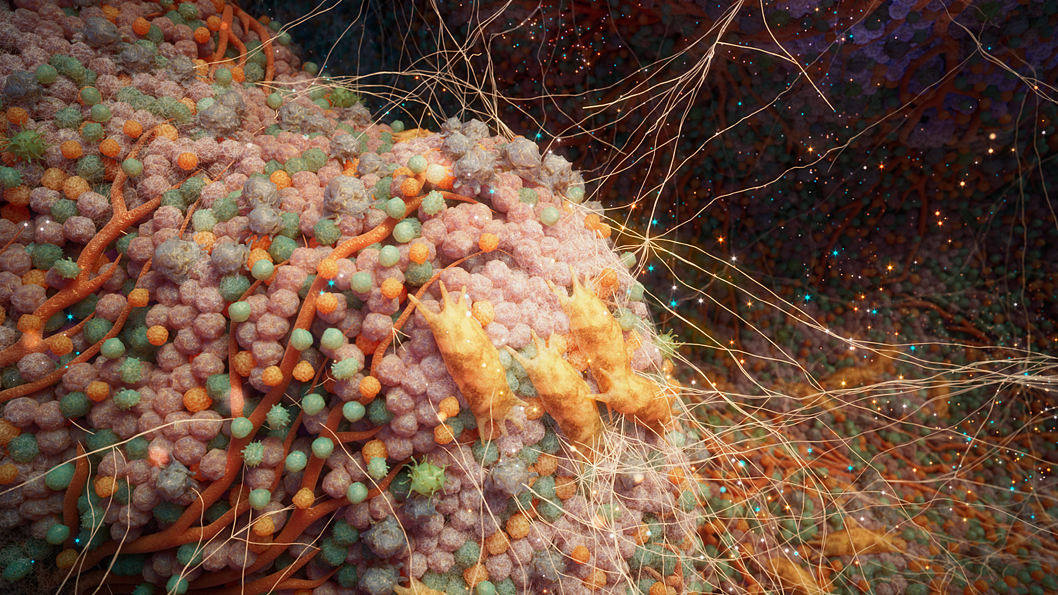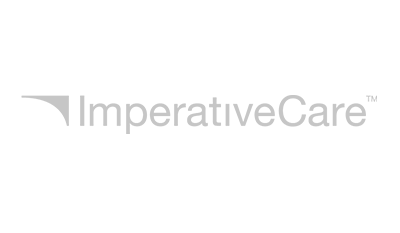Featured Samples & Reels
Since 1998 we have created thousands of animations, illustrations and interactive content. If you don’t find what you’re looking for in our online portfolio, don’t hesitate to reach out. Our talented team of in-house animators, combined with our state-of-the-art render farm featuring hundreds of multiprocessing CPUs, enables us to deliver stunning and innovative animations faster than anyone else in the industry. Let us bring your vision to life!
Capabilities.
___
Animation
Since 1998, Hybrid has produced 3D medical animation for medical & healthcare professionals engaged in education, marketing, training, and creative strategies. Our team will bring an artistic approach and a commitment of excellence to your endeavor; each project custom-created and tailored specifically to your needs. View our latest demo reel >>
___
Illustrations
From a depiction of a bronchial tree made of glass to a unique anatomical view inside the brain, Hybrid’s medical visuals serve as the centerpiece for all kinds of visual communication needs, from broadcast to brochure, to print ads and large-scale trade show displays.
___
3D Photography
Product photography is an effective way to showcase products and offers several valuable benefits. From exploding views to switching backgrounds, utilizing 3D software gives more flexibility that using a traditional photo shoot. Learn more >>
___
360 Video
Why look at a picture or video of your favorite bacterium, Streptococcus pneumoniae, when you could immerse yourself in 360 degrees of them, multiplying all around you? Team hybrid is well-versed with the demands, benefits an limitations of 360° compared to other deliverables. View our 360 demo reel >>
___
Render Power
In this industry, achieving exceptional results relies on powerful computing resources to bring projects to completion. We are proud to operate one of the largest in-house render farms available, enabling us to produce high-quality work at an exceptional speed with rapid turnaround times. Learn more >>
___
Archiving
Your project is archived onsite in our separately cooled server room. We also have a redundant system stored off-site. Our server stores your digital data in a secure, long-term repository, designed to reliably preserve information for at least a decade, allowing for easy retrieval of your files whenever needed. Learn more >>
Case Study.
What is sickle cell disease?
Project: Sickle cell vaso-occlusion
Here inside this blood vessel (below), the circulation of red blood cells is obstructed by sickled red blood cells aggregating, sticking together, and leading to an event known as a vaso-occlusive crisis — a central characteristic of sickle cell disease (SCD).
As we zoom out, we are able to see more damage being done in other microvessels.
Sickled red blood cells promote inflammation, obstruct the vasculature, injure the endothelium, and may lead to ischemic damage in vital organs.
Above: This is an opening animation for a series focused on the hallmark of SCD: recurrent painful episodes known as vaso-occlusive crises, and the therapies being explored for reaching better outcomes.
SCD is one of the most common inherited diseases worldwide.
Contact.
We greatly appreciate each and every project, always aiming to exceed your expectations. If you’re interested in learning more about Hybrid’s unique production process or to brainstorm a project, please feel free to us at 612.333.3888 or email info@hybridmedicalanimation.com
Hybrid Medical Animation
4550 West 77th Street, Suite 300
Edina, MN 55435
Directions >>



















